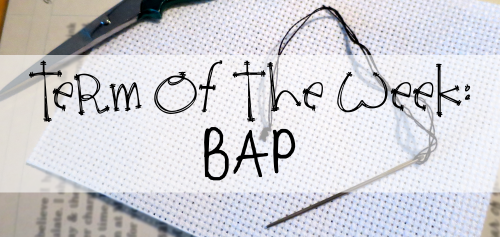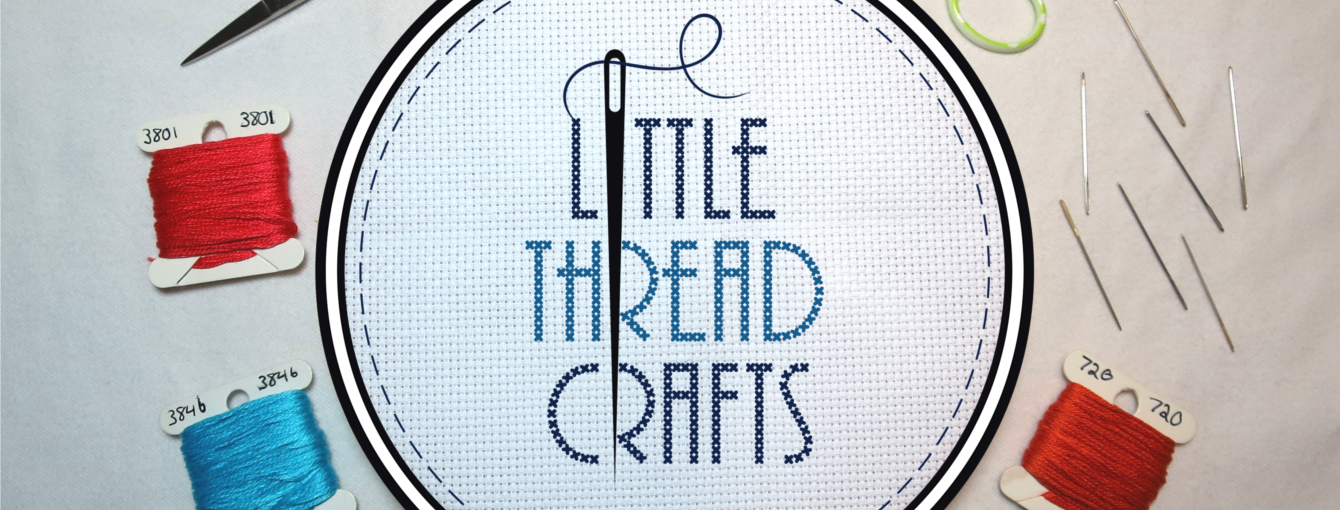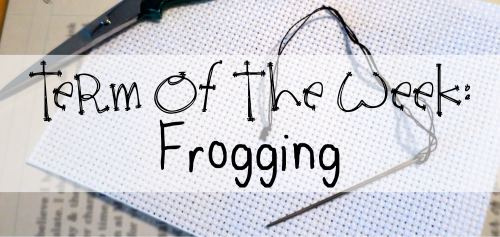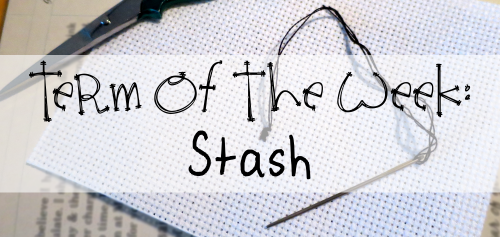
Cross-Stitch
So I figured the very first term in our cross-stitcher’s dictionary should be the word the dictionary is based around!
What is cross-stitching? A simple search through a dictionary would give you the short-and-sweet technical answer. I pulled this definition off Dictionary.Reference.com:
- Cross-Stitch
- 1. a stitch in which pairs of diagonal stitches of the same length cross each other in the middle to form an X.
- 2. embroidery or needlepoint done with this stitch.
- 3. verb: to work in cross-stitch.
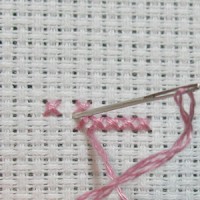
An example of cross-stitch.
To put it simply the word “cross-stitch” covers three things: a type of embroidery stitch, the needlework that uses the stitch, and a verb for the act of making the stitch (although I’ve only ever seen it used like “I stitch” or “I’m stitching” but I’m sure they’re just shorthand for the word itself). Seems like a simple and easy enough concept to understand.
But I’d like to dip a little further into the term than just what the dictionary says. Term of the Week is supposed to be about words and phrases that can’t be so easily understood by a technical definition found in the actual dictionary (or they may not be in the dictionary at all), and I don’t want to leave a word with such a huge amount of meaning with only a small definition.
Ask anyone who cross-stitches what the craft means to them. In my Facebook groups about the craft ladies ask the question “Why do you cross-stitch?” all the time, and the answers are usually very similar. Cross-stitch is fun. It’s an easy craft that consist of pretty much just two stitches, cross-stitch and backstitch, and has charts and kits in all shapes and sizes for all levels of experience.
I own an old cross-stitch magazine from 1989 with a comic that reads, “Cross-stitching is my therapy!” Cross-stitch is so easy it can be learned completely by yourself, and if you poll people “self taught” is almost always the only answer. (I heard about a girl being taught in Girl Scouts once; boy I wish they’d done that in my local Girl Scouts!)
To round things off I think I’ll try to sum our Term of the Week up with this: cross-stitch is more than doing needlework. It is a joy, a passion, and a hobby for a lot of different people. It’s how some people relax and de-stress, and the pieces one makes for family and friends will last a lifetime.
Back many centuries ago, girls used embroidery and needlework to demonstrate their prowess in womanly skills, and the pieces they made became heirlooms passed down through generations. Now they hang or sit in museums on display for everyone to see. And who wouldn’t love a hobby that could do that?
—————————————————————
“Term of the Week” is a weekly blog post highlighting a new word or phrase commonly used among cross-stitchers but not found in an ordinary dictionary. These posts are to help explain the words’ meanings in context and provide a resource for anyone wondering what a term like “frogging” means. Check back every Thursday!
